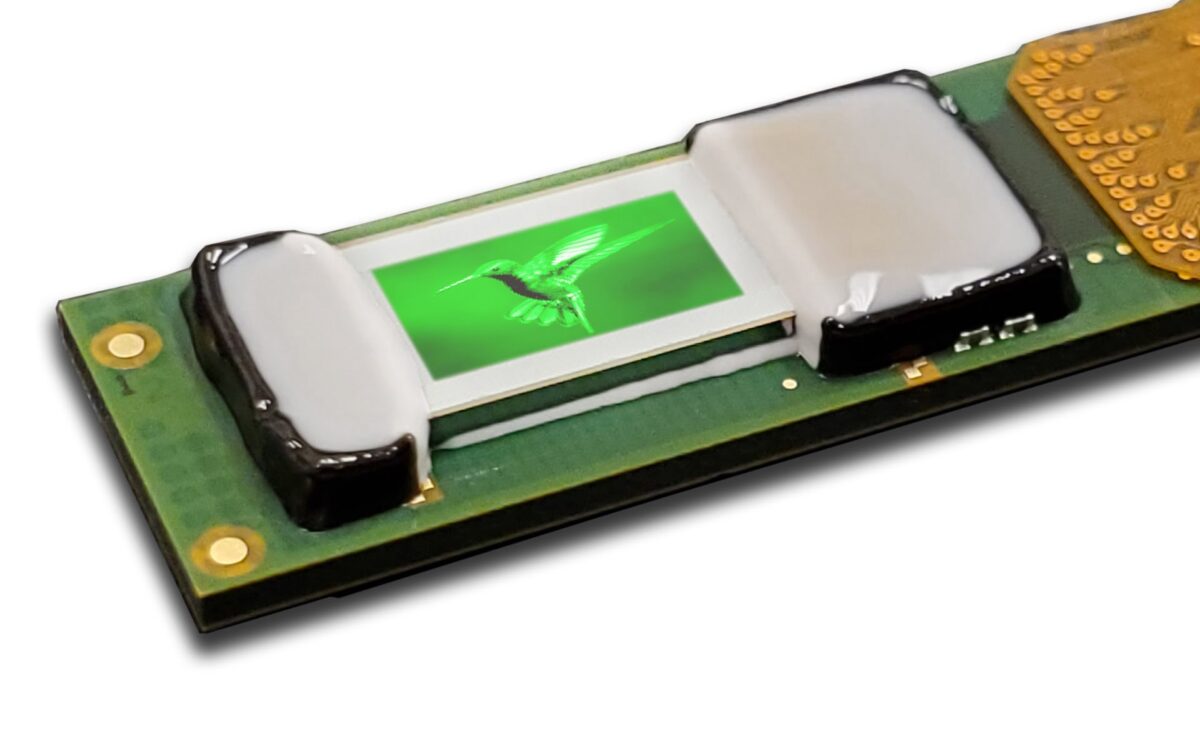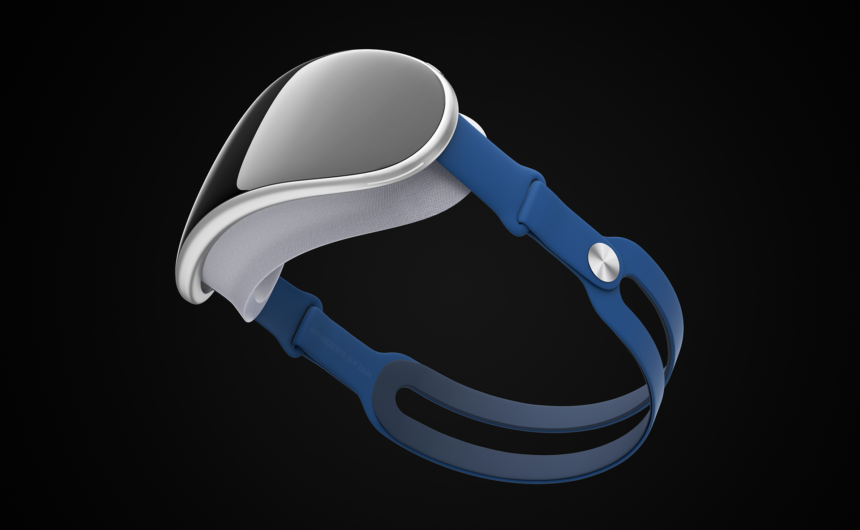Apple to produce its own MicroLED displays - report

According to Bloomberg, Apple is working on producing its own MicroLED displays, which could benefit many Apple products in the future.
A week ago, Bloomberg's Apple reporter Mark Gurman specified that 2023 will be the year of the Apple Reality XR headset, which should finally appear after several delays. Apple would likely unveil the headset in the spring before the WWDC developer conference in the summer.
In another report and newsletter, "Power On," Gurman followed up with a forecast of potential benefit to other Apple devices. According to the report, Apple plans to develop its own MicroLED displays.
Apple displays for XR headsets?
Instead of depending on suppliers like Samsung or LG, Apple could install its own screens in its devices starting next year. Six years after the start of development of the secret project "T159", the company approaches the launch of the resulting MicroLED displays.
According to Gurman, they should first appear in a new model of the high-end smartwatch "Apple Watch Ultra" at the end of 2024, in which the displays are already being tested. Later, he expects them to be built into the iPhone. One day, iPads and iMacs could follow.
An external supplier would presumably be responsible for mass production. The switch to MicroLED was planned for 2020, but technical and financial obstacles delayed that rollout.
Apple's new MicroLED screens are brighter, offer better color reproduction, and can be used from larger viewing angles. The latter in particular makes the image look like it is painted on glass, according to Gurman's sources. A thin design and low power consumption could bring further advantages for future XR headsets.
Problems and opportunities of MicroLED
South Korean supplier LG could lose a major customer for its OLED displays as a result of Apple's move. Apple's orders account for 36 percent of LG Display's revenue, according to a Bloomberg analysis. For Samsung, it's only 6.6 percent of sales.

Apple's first XR headset is not expected to benefit from in-house microOLED displays just yet, as it will be released as early as 2023, according to reports. | Image: Ian Zelbo (concept rendering)
As early as 2010, the design of mobile chips brought Apple custom hardware that often outperformed Android competitors. Starting in 2020, Mac computers also switched to in-house Arm-based chip systems (M-Series) - currently, with the freshly announced M2 Pro and M2 Max variants for MacBook Pro and Mac mini.
In-house screens should also bring more control over hardware design and functions. Later, this could also help Apple open up new areas of the XR industry.
MicroLED is touted as the display technology of the future, especially in the field of augmented reality. In terms of pixel density, brightness, contrast, efficiency, response time, space requirements, and service life, they outperform LC displays and OLED microdisplays. In addition to Google and Meta, Apple has already acquired specialists in this field (LuxVue).
Until recently, the tiny dimensions of individual pixels caused high production costs and problems in error control for MicroLED manufacturing. A technical breakthrough in the problematic green pixels could provide a remedy in the future. In December 2022, the MicroLED Alliance presented a new generation of the technology, supposedly offering better colors, brightness, and power consumption.
Apple wants even more hardware control
Gurman also mentions Apple's efforts to break free in other areas. Mobile modems, Wi-Fi and Bluetooth modules are to be manufactured by Apple itself in the future.
The report gives the next few years as a rough time frame. This would allow Apple to innovate faster instead of competing with rivals like Samsung for components.
Note: Links to online stores in articles can be so-called affiliate links. If you buy through this link, MIXED receives a commission from the provider. For you the price does not change.